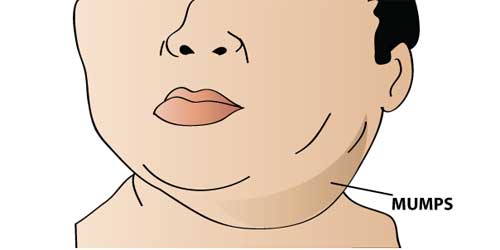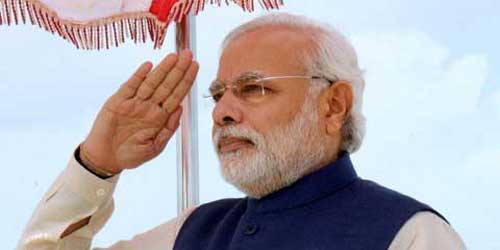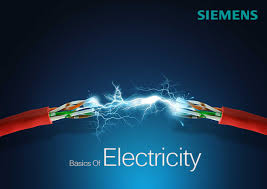Mumps is no longer a disease that only affects the children. The primary reason for the increased number of cases of this disease is due to mini outbreaks in specific parts of the world. Mumps is a contagious viral infection that used to be common in children. It’s most recognizable by the painful swellings of the salivary glands at the side of the face under the ears (parotid glands).
Must Read: Thyroid Diseases
Causes of Mumps
The cause of this disease is the mumps virus, which spreads easily from person to person through infected saliva. It can spread by breathing in saliva droplets of an infected person who has just sneezed or coughed. You can also contract this disease from sharing utensils or cups with someone who has mump.
Symptoms
Mumps typically starts with a few days of fever; the headache, muscle aches, tiredness, and loss of appetite, and is followed by swelling of salivary glands. In addition, up to 20% of persons infected with the virus do not show symptoms.
Also Read: Chickenpox and Shingles – Diseases Caused by Virus Varicella zoster
Treatment
Because mumps is caused by a virus, antibiotics aren’t effective. Like most viral illnesses, a mumps infection must simply run its course. Fortunately, most children and adults recover from an uncomplicated case of mump within about two weeks. If you or your child has mump, time and rest are the best treatments. You can take some steps to ease pain and discomfort and keep others from becoming infected.
- Rest in bed until the fever goes away.
- Isolate yourself or your child to prevent spreading the disease to others. Take pain relievers
- Use a warm or cold compress to ease the pain of swollen glands.
- Avoid foods that require lots of chewing. Instead, try broth-based soups or soft foods, such as mashed potatoes or cooked oatmeal, for nourishment.
- Avoid citrus fruits or juices, which stimulate saliva production.
- Drink plenty of fluids
Complications
Mumps will usually pass without causing serious damage to a person’s health. Most mumps complications involve inflammation and swelling in some part of the body, such as the pancreas, ovaries and brain membranes and fluid around the brain and spinal cord. In rare cases, mumps can cause hearing loss and pregnancy loss.
Have a Look at: Hypertension or High BP
Prevention
In general, you’re considered immune to mumps if you’ve previously had the infection or if you’ve been immunized against mump. The mump vaccine is usually given as a combined Measles-Mumps-Rubella (MMR) vaccine, which contains the safest and most effective form of each vaccine.
Two doses of the MMR vaccine are recommended before a child enters school:
- The first between ages 12 and 15 months
- The second between ages 4 and 6 years, or between 11 and 12 if not previously given
Once both doses are given, the vaccine provides 95% protection against mump.
Have a look at:
Cure chronic diseases with yoga
Respiratory System and Endocrine System







